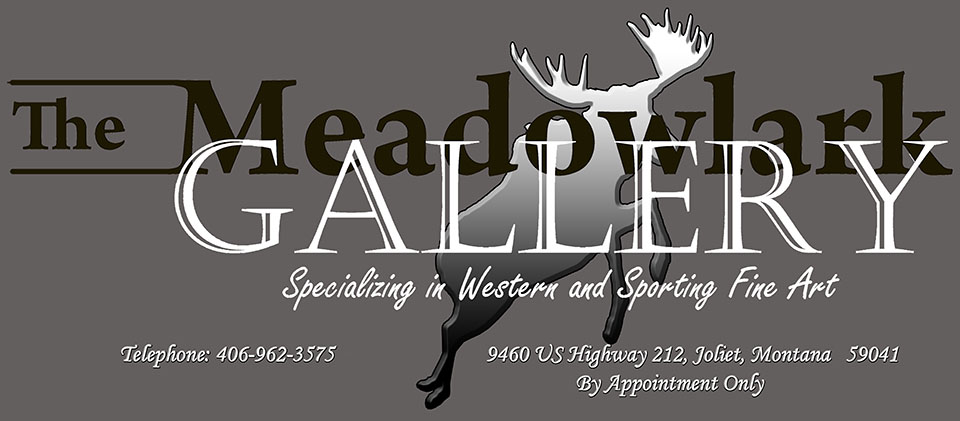|
|
||
|
Charles
Schreyvogel (1861-1912) |
||
| Charles Schreyvogel was born in New York City in 1861 and died in Hoboken, New Jersey in 1912. A poor boy on the east side of New York City, Schreyvogel sold newspapers and worked as an office boy while being educated in the public schools. When his parents moved to Hoboken, he carved Meerschaum and was apprenticed to a gold engraver, then became a die sinker, and finally, in 1877, a lithographer. By 1880, he was a lithographic artist and teaching drawing. By 1887, he had patrons enabling him to study in Munich for three years, the pupil of Carl Marr and Frank Kirchbach. When he returned, he existed as a lithographic artist while unsuccessful with portraits, landscapes, and miniatures on ivory. After sketching the Buffalo Bill Show personnel in New York, he was able to spend 1893 in the West. For five months, he sketched in Colorado at the Ute Reservation, then went to Arizona to sketch the cowboys. When he came back to Hoboken with a collection of gear, he continued as a lithographic artist while his paintings of Western Army life did not sell. One of these paintings was "My Bunkie" which he could not dispose of either as a painting or for lithography in 1899. Offered to a restaurant on consignment, it was hung in a dark corner, so Schreyvogel took it back and entered it in the 1900 National Academy exhibition without leaving his address. When "My Bunkie" won the highest prize of $300.00, no one at the Academy had until then heard of Schreyvogel or knew where he lived. Immediately successful, Schreyvogel went West again in 1900, sketching troopers and Indians in the Dakotas for the series of paintings on the Western Army. In 1903, Remington who was the most important Western illustrator called Schreyvogel's work "half baked stuff" but the soldiers depicted spoke up for him. His output was limited to relatively few major works per year because of the number of his research trips and the size of the paintings, but reproductions were widely published. One set of these was in the form of "platinum prints," that is, large photographs. When he died in 1912 from blood poisoning after a chicken bone stuck in his gum, he left relatively few Western oils. There were also left clay models that were later cast into bronze. | ||
|
View high resolution images of works by Charles
Schreyvogel when available. |
||
Have questions about these images? E-mail Meadowlark Gallery!!Home Page / Biography Library / Bronze / Collectibles / Etchings / Paintings / Pen and Ink / Graphite / Working Decoys Gallery Credentials / Firearms / Triangle Z Ranch Furniture / Customer Percs |
||
